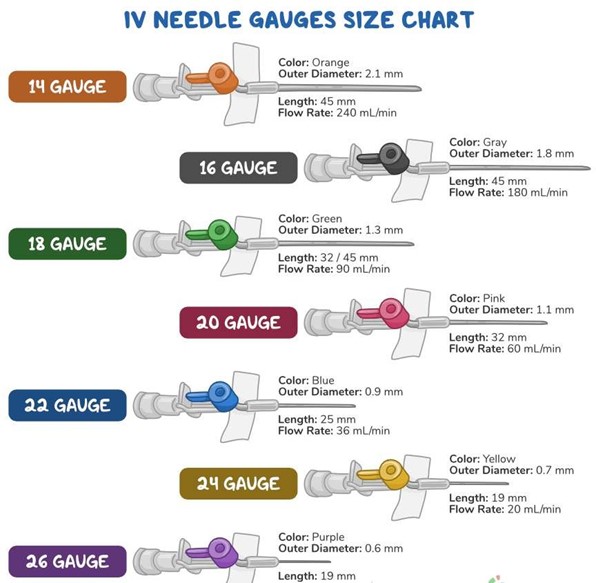A nurse is assessing a 5-month-old infant.
Which of the following findings should the nurse report to the provider?
Unable to hold a bottle.
Unable to roll from back to abdomen.
Absent grasp reflex.
Exhibits head lag when pulled to a sitting position.
The Correct Answer is C
The correct answer is d. Exhibits head lag when pulled to a sitting position.
Choice A: Unable to hold a bottle At around 6 months of age, some babies can hold their own bottle. This is not a concerning finding for a 5-month-old infant. Therefore, this is not the correct answer.
Choice B: Unable to roll from back to abdomen Rolling over often starts around 4-6 months, so it’s not unusual for a 5-month-old to still be developing this skill. Therefore, this is not the correct answer.
Choice C: Absent grasp reflex The grasp reflex is an involuntary movement that your baby starts making in utero and continues doing until around 6 months of age. The grasp reflex lasts until the baby is about 5 to 6 months old. Therefore, this is not the correct answer.
Choice D: Exhibits head lag when pulled to a sitting position By the age of 5 months, most infants have developed enough strength in their neck and upper body to control their head movement. This means they should not exhibit a significant head lag when pulled to a sitting position1. If this is not the case, it could indicate a delay in motor development or a potential neurological issue, which should be reported to the healthcare provider for further evaluation. Therefore, this is the correct answer.
Nursing Test Bank
Naxlex Comprehensive Predictor Exams
Related Questions
Correct Answer is C
Explanation
A potassium level of.2 mEq/L is considered low.
Low potassium levels can cause muscle weakness and spasms.
Hyporeflexia refers to below normal or absent reflexes and can be a sign of muscle weakness.
Choice A is wrong because oliguria, or decreased urine output, is not a common symptom of low potassium levels.
Choice B is wrong because hypertension, or high blood pressure, is not a common symptom of low potassium levels.
Choice D is wrong because hyperactive bowel sounds are not a common symptom of low potassium levels.
Correct Answer is A
Explanation
A 24-gauge catheter is the smallest-gauge catheter and is appropriate for administering IV fluids and medications to an infant.

Choice B is wrong because an opaque dressing would prevent the nurse from visualizing the insertion site.
Choice C is wrong because starting an IV in an infant’s foot can be painful and difficult to secure.
Choice D is wrong because IV sites should be changed every 72-96 hours or according to facility policy.
Whether you are a student looking to ace your exams or a practicing nurse seeking to enhance your expertise , our nursing education contents will empower you with the confidence and competence to make a difference in the lives of patients and become a respected leader in the healthcare field.
Visit Naxlex, invest in your future and unlock endless possibilities with our unparalleled nursing education contents today
Report Wrong Answer on the Current Question
Do you disagree with the answer? If yes, what is your expected answer? Explain.
Kindly be descriptive with the issue you are facing.
